If you had to name one television network that has decent diversity, you might say the CW.
After all, how could it not be the CW? There is Riverdale, a show with an interracial lesbian relationship. Supergirl’s Alex Danvers had an incredible coming out storyline. The list goes on forever.
However, having diversity does not automatically make it good representation. Arguably, the CW has largely mishandled both LGBTQ+ and racial diversity on their shows.
A prime example is their teen drama, Riverdale, a show that seems to have a lot of representation on the surface. So, that should be okay, right?
Wrong, because their version of “representation” is just tokenism. They queer-baited the audience on Riverdale Season 1 Episode 1 when Betty and Veronica kissed during cheerleading tryouts.
Riverdale tried to play it off as “faux-lesbian kissing,” but this relationship quickly hooked viewers, especially since Betty and Veronica remained close on the following episodes.
However, by Riverdale Season 2, their sensual moments sizzled out, leaving only a genuine friendship.
But Riverdale Season 2 introduced Toni Topaz, and soon enough, she developed a relationship with Cheryl Blossom.
Affectionately dubbed “Choni,” they became a fan favorite couple, but not without a price.
Cheryl and Toni faded to background noise as the show decided to focus on heterosexual characters and couples.
Furthermore, Vanessa Morgan, who plays Toni Topaz, even criticized how the show’s writers handle their black characters.
Do not forget about Josie McCoy, leader of the band Josie and the Pussycats. She was a prominent character on earlier seasons, but recently, only appeared on Riverdale Season 4 Episode 1, making Toni the only black series regular.
Vanessa Morgan said it best: “Tired of us also being used as sidekick nondimensional characters to our white leads. Or only used in the ads for diversity but not actually in the show. Too bad I’m the only black series regular but also paid the least. Girl, I could go on for days.”
Toni Topaz deserves more screentime as a character and with her girlfriend, Cheryl Blossom, and she deserves her own storylines. Black characters and LGBTQ+ relationships are not there to be secondary to white characters and heterosexual relationships.
That is not good representation, and that is not how diversity works.
At this point, Riverdale should not bother if they are going to treat minorities terribly.
Unfortunately, Riverdale is not the only show with a history of queerbaiting. Supergirl is another example, and they also passed off white LGBTQ+ relationships as interracial. Furthermore, they sideline their characters of color.
The obvious queerbaiting example is SuperCorp, the relationship between Kara Danvers and Lena Luthor.
Kara and Lena are extremely popular among fans, but that is not why they queerbait fans. They fit the description because of how the writers explore their relationship.
Sappy background music? A friendship with romantic undertones? Longing stares? Scenes focused on the tension between the two characters?
Check, check, check, and check.
As time went on, SuperCorp’s relationship only became more intense; their friendship was less platonic with every new season. Just when viewers thought something would happen between Kara and Lena, Supergirl pulled them back to the harsh reality -- Kara and Lena are just friends, and nothing romantic is supposed to happen.
At least, there is Alex Danvers, Kara’s sister, who had one of the best coming out arcs in the history of television. Supergirl was praised for Alex’s LGBTQ+ arc, and rightfully so. However, the problem here is not Alex -- it is her relationships.
Fans adored the relationship between Alex Danvers and Maggie Sawyer on Supergirl Season 2. They were heartbroken at Maggie’s sudden exit on Supergirl Season 3 Episode 5.
Maggie Sawyer was a beloved character, but the writers were incredibly wrong to portray her as a woman of color if they could not get a Latina actress. Floriana Lima is not Latina; she is not even a person of color.
It was a grave mistake to portray Alex and Maggie’s relationship, dubbed Sanvers, as an interracial relationship. Furthermore, they wrote Maggie off in a cheap, out-of-the-blue way, letting down fans after heavily promoting this relationship.
Now, Alex is in a relationship with Kelly Olsen, James’s sister. Finally, an interracial sapphic relationship.
But where is their screen time? Alex and Kelly are on-screen plenty, but we barely got to see them as an actual couple, in scenes where it was just the two of them.
Representation is not good if it does not get deserved screen time. So, as long as the writers continue to sideline Alex and Kelly’s relationship, we will have to look elsewhere for a better sapphic interracial relationship.
We should also not forget the original Olsen & Danvers relationship, between James and Kara on Supergirl Season 1. They were a sweet friendship that blossomed into romance on Season 1 Episode 18.
But by the time Supergirl Season 2 rolled around, their romance was shoved to the side in favor of the new basic white boy, Mon-El. He became Kara’s new love interest, leaving James in the background.
Not cool, Supergirl. Not cool at all.
With the show going into its sixth season, the writers did not get the message that the way they write sapphic and interracial relationships is a disservice to LGBTQ+ fans and fans of color.
Supergirl, please do better.
But Riverdale and Supergirl are not the only examples on the CW. They are not exceptions, but rather, the rule.
Another example is The Vampire Diaries and the way they treat their characters of color.
Bonnie Bennett is one of the best-written characters on the show. She was selfless, strong, and smart -- everything you could want in a badass female character.
The only problem? The writers treated her like trash.
She had a great character arc on The Vampire Diaries Season 1 when she discovered she was a witch and learned how to use her powers. But after that, she was sidelined in favor of Elena and Caroline, the other two female leads.
Throughout the remainder of the show, Elena and Caroline continued to receive their own character arcs, but Bonnie never did. Bonnie was always used to further other character’s storylines, but she got nothing when it came to herself.
The writers pushed Bonnie around, abused her, and neglected her in favor of other white characters. So, while it may seem significant that The Vampire Diaries had a black woman as part of the main cast, they did not do an excellent job treating her as such.
As Vanessa Morgan said, black characters should have their own storylines, and they are worth so much more than a white character’s sidekick, especially if they are a part of the main cast.
One last television show where the CW tried, yet failed, was with their representation is Batwoman.
Kate Kane is supposed to be a Jewish lesbian. The actress who portrays her should be Jewish, a person of color, or both. Furthermore, the casting choice should not appeal to a straight audience, and Ruby Rose was the complete opposite of that.
She is certainly not Jewish or a person of color. While she is a member of the LGBTQ+ community, fans were upset about the casting choice because Ruby Rose is the gay actress that straight audiences like, implying the CW cared more about their heterosexual viewers rather than their LGBTQ+ viewers.
But with her exit at the end of Batwoman Season 1, there is still hope, especially since the CW announced that Javicia Leslie, a black and LGBTQ+ actress. will play the titular role.
Javicia Leslie was everything we wanted for Kate Kane, but unfortunately, she will play a new Batwoman, a character named Ryan Wilder.
Kate Kane deserved better than what she got, but we hope that Ryan Wilder will do the show justice.
It is critical to mention that the CW does have a couple of shows with proper representation. For example, Black Lightning features a black superhero as the main character. The show is all about black empowerment, and it even has an interracial sapphic relationship.
Another CW show that has good representation is The Flash. While there are some ups and downs about their diversity, the essential factor is that the leading lady is a black woman that gets her own storylines.
For the first time, the main character, a white superhero, has a black woman as their love interest. From The Flash Season 1 Episode 1, Barry and Iris have always been endgame.
It took some time for them to get together, but the show’s writers have made it clear time and again that Barry only ever had eyes for Iris. They were always going to end up together, no matter what.
While The Flash is not perfect, the show did a great job of highlighting the importance of Iris West as her own character and as the love of Barry’s life.
But the few shows where the CW succeeded with representation is not enough. On a larger scale, the CW has got to better with diversity because, as of right now, their version of representation involves sidelining characters of color and LGBTQ+ relationships in favor of white characters and heterosexual relationships.
Not to mention that the queerbaiting takes the cake.
Over to you, Fanatics!
What do you think of the diversity on various CW shows? Do you think they missed the mark completely? Or do you think it is better to have some rather than none at all?
Let us know your thoughts in the comments below!
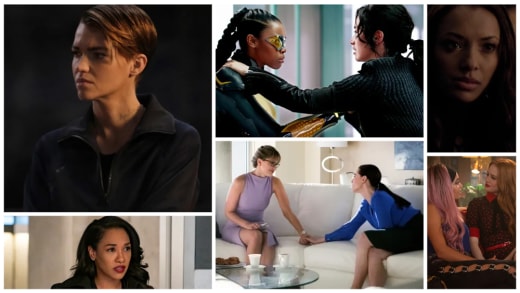
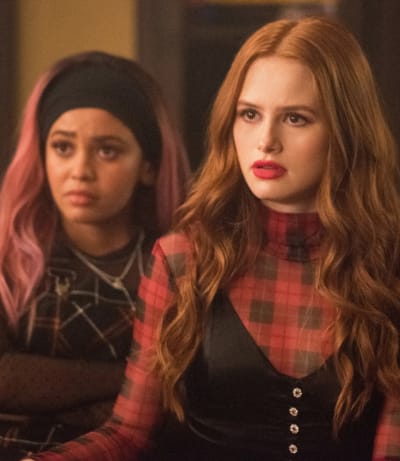
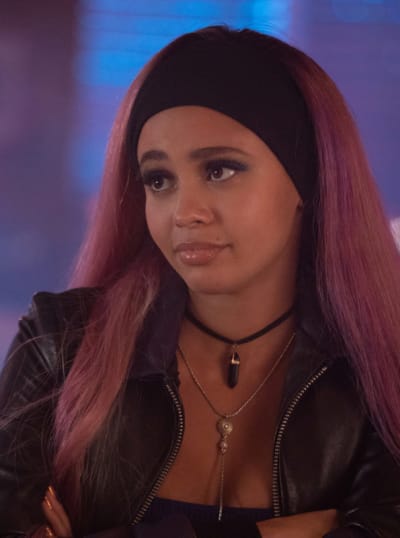
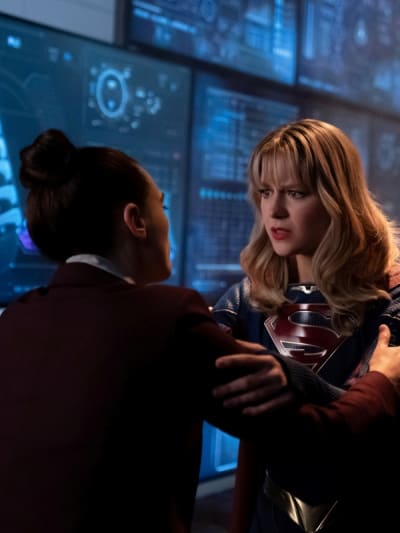

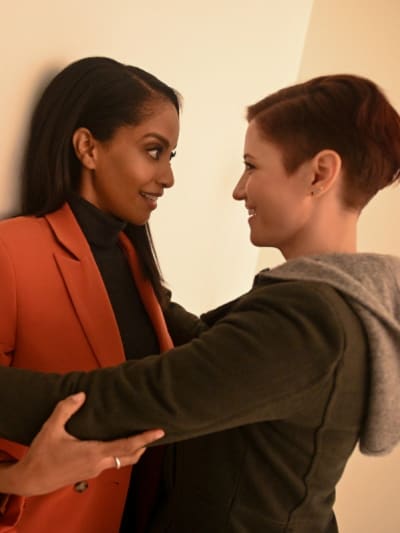
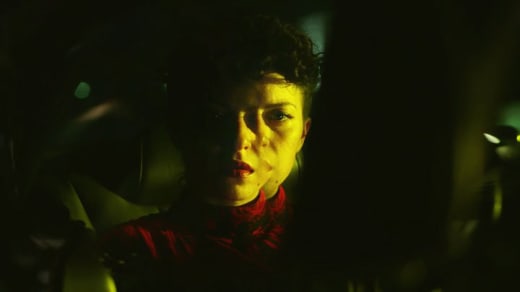
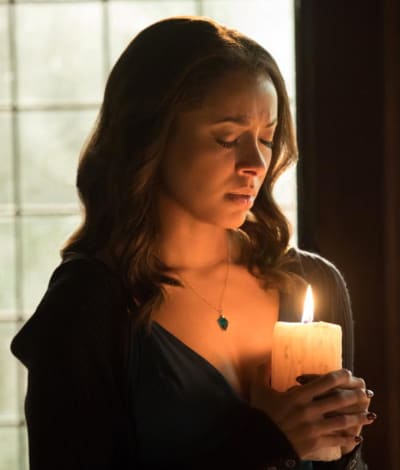
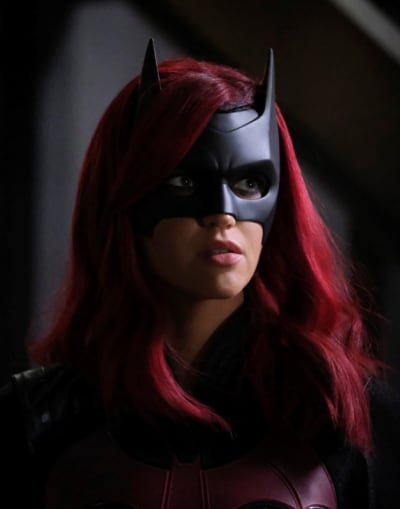

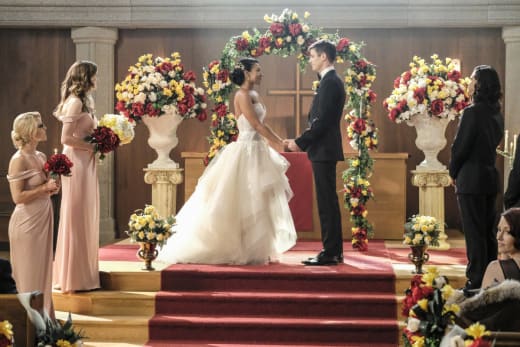
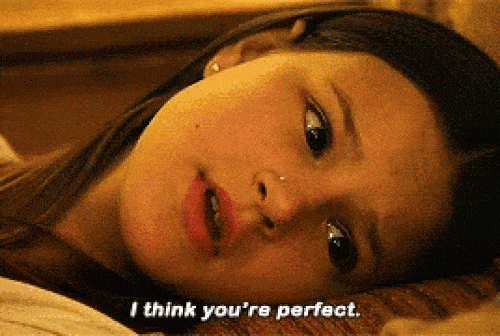
Post a Comment